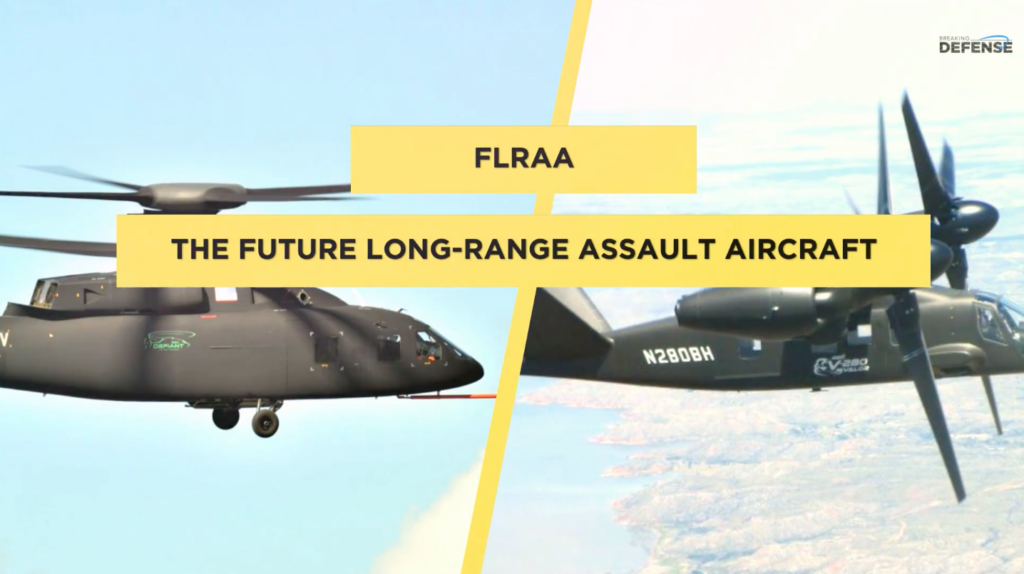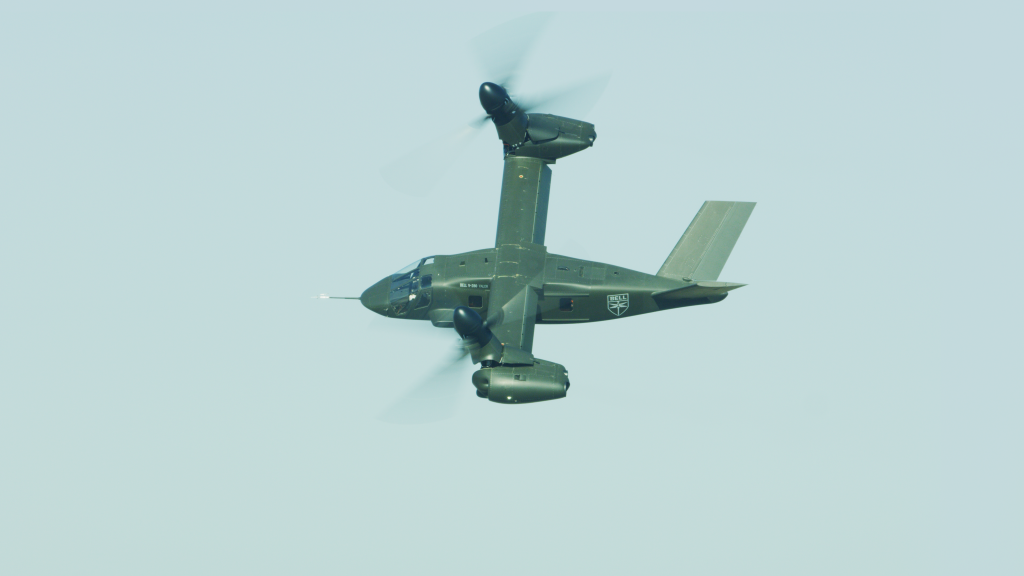
WASHINGTON: Hundreds of engineers, technicians, and other employees at Bell, Sikorsky, and Boeing are ramping up digital design work for the Army’s next assault aircraft.
The rival teams – Bell by itself and Boeing-Sikorsky as a team – are currently funded by streamlined Other Transaction Authority (OTA) agreements. But next year the Army will pick one design and launch a formal acquisition Program Of Record, for which “the Army intends to issue the RFP this summer,” said Col. David Phillips, the service’s project manager for the Future Long-Range Assault Aircraft (FLRAA), in an email to Breaking Defense.

Both teams are already flying proto-prototypes (formally, Joint Multi-Role Tech Demonstrators): the Bell V-280 Valor, a tiltrotor descended from the famous V-22 Osprey, and the Boeing-Sikorsky’s Defiant, a compound helicopter. Last month, they received OTA awards for Phase II of what’s being called Competitive Demonstration & Risk Reduction. While CDRR involves physically testing some components, it’s primarily about ever-more detailed digital designs and simulations.
So while the final designs aren’t built yet, pilots are already flying virtual versions while maintenance crews use VR goggles to check out ease of access to as-yet-unbuilt parts.
“Defiant-X… is already undergoing testing and evaluation in a digital combat environment,” said Boeing exec Heather McBryan in an email.
Using this kind of detailed digital model – so close to the physical reality that it’s nicknamed a “digital twin” – allows a very different kind of design process, Bell program director Ryan Ehinger said in an interview. Historically, if you wanted real soldiers’ hands-on feedback on something, you had to physically build a mock-up of that portion of the aircraft; when you changed the design, you had to change the mockup to match. Now you can immerse the soldiers in a virtual or augmented reality version of the very latest version of the design, hear their suggestions, and show them an updated design – sometimes, he said, “in minutes.”

The first phase of CDRR, which began last March, focused on trade analysis – comparing alternative versions of the design to find the best balance of speed, range, affordability, and other traits – to inform the Army’s official requirements. While trades and requirements refinement continue in Phase II, the focus of this phase is really on getting ready for an in-depth design review next year. This “initial preliminary design event” won’t be a formal Preliminary Design Review (PDR) for the whole design, but it’ll require a similar level of maturity, which will make the actual PDR for the upcoming Program Of Record faster and easier.
The Army aims to conduct that PDR within a year of 2022’s contract award, a historically fast pace for a military program. Meanwhile the service’s Future Vertical Lift initiative is also working on a new scout helicopter – with Bell and Sikorsky competing again – and an array of drones.